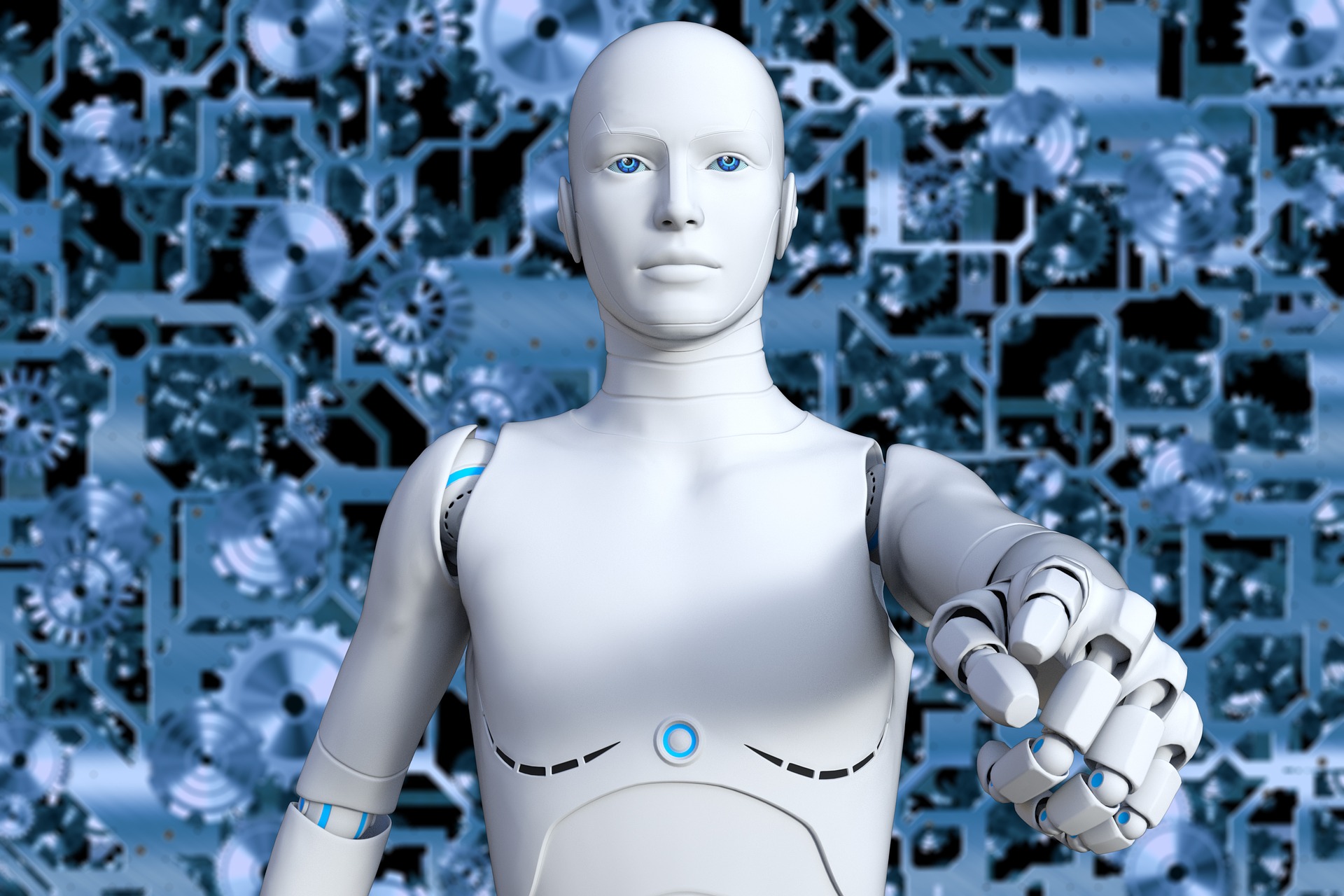What it means to be human: the rise and rise of intelligent machines
SHARE
Lorna Hughes
24 Apr 2018
This week marks the return of HBO’s TV phenomenon, Westworld, a show set in the near-future in which human guests travel to a theme park where they play out Wild West storylines alongside mind-blowingly lifelike robotic “hosts”. The series creates huge debate about a range of themes, from fear of machines to what it means to be human and whether a “robot” can truly feel emotion.
To most, that sounds hugely futuristic and nowhere near our reality. But the truth is that as AI, machine learning, robotics and all of the associated technologies are researched and refined, we get closer to a world where intelligent machines are not limited to a sci-fi show.
AI in focus
The chances are you will have experienced AI. Perhaps you own a smartphone and have used Siri, or played one of the plethora of games, such as the Far Cry and Call of Duty series, that utilise AI so brilliantly. The fact is AI is already an important part of life for many people.
And that will only increase. The Government knows how important AI is and will be to life in the UK.
The last Autumn budget outlined a £75 million investment into the technology, £9 million of which will fund a Centre for Data Ethics and Innovation, an advisory body to focus and direct the development of AI. Just this week, the House of Lords urged the Government to create a national policy framework for AI which would give developers more access to public data.
In short, intelligent machines are vital to our future economy and our society. So with all of this focus, what’s holding us back from a world where robots and humans are indistinguishable?
When Sophia scared – and then charmed – the world
The first obstacle is public nervousness. Research shows that most of the public are excited about the changes technology is driving in society and 86% say they feel good about the way the UK is changing.
However, the same study told us only 37% of the public believe they are prepared for technology change and have the skills to understand and take advantage of it. And when asked specifically about the role AI could play in everyday life, comfort and confidence waned. For example just 21% would be happy to have their CV judged by a robot.
This sentiment wasn’t helped back in 2016 when Sophia, the world’s most lifelike robot, famously told us she would destroy humans. Clearly, it was a computing error but it fuelled the “fear of the machines” fire.
Sophia, developed by Hanson Robotics, has gone on to minor celebrity, recently going on a date with Will Smith. And with continuing innovation in more commonplace AI such as Google Home, we can expect the public to become increasingly comfortable with the idea of intelligent machines.
However before that, the second and most pivotal hurdle to overcome is the technology itself.
Computer says no…ok not yet
As you can see if you compare Sophia to the hosts of Westworld, technologically we are some way off truly lifelike robots. There is some incredible work being done to overcome this. But for now, there appear to be two main stumbling blocks when it comes to the technology itself.
The first is generative code – which is what enables systems to write their own software instructions. The idea being the robots would be able to adapt to any given situation without needing any human programming. Machine learning is the closest we’ve got but that requires data upon which the system can build. Generative code would create new programs itself and lead to incredibly responsive, adaptive and intelligence technologies on a scale we simply haven’t seen yet.
The second technological hurdle to overcome is memory. The challenge isn’t for machines to recall basic process and actions. The issue is building machines which memorise and recall in the way humans do – short term, long term and even episodic/autobiographical memories. Imagine speaking to a robot and it suddenly asks you, completely unprompted, if the headache you had yesterday has eased up. That is the kind of memory developers need to figure out if we’re going to reach Westworld’s dizzying heights.
The future’s bright
Despite these challenges, incredible work is being done across the world to develop codes, programs and systems that could well see Westworld-style intelligent machines reach us in the coming years. Government funding, the passionate and dedicated developer community and the innate human demand for progress tells us it will happen.
The question isn’t if but when.

